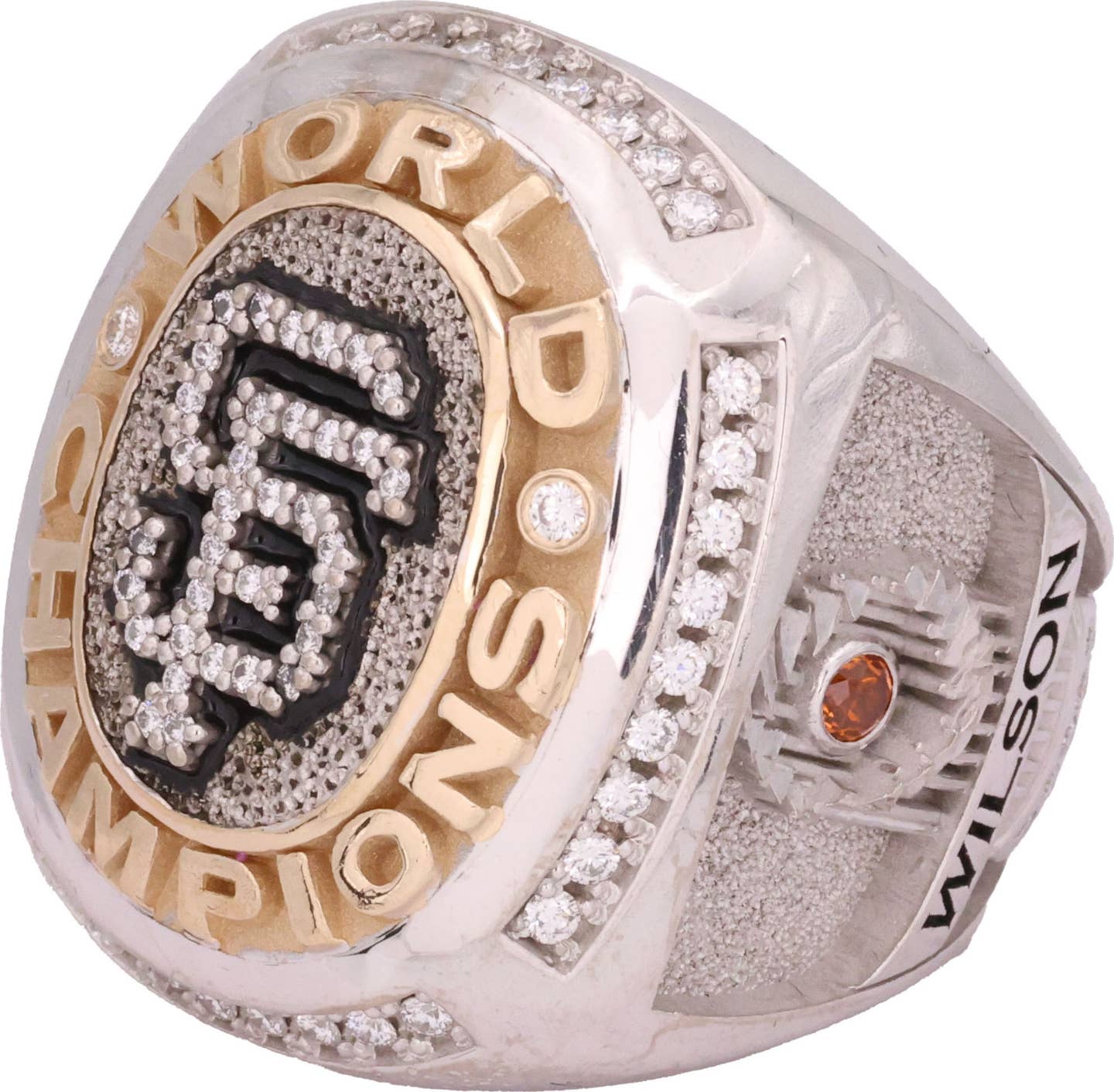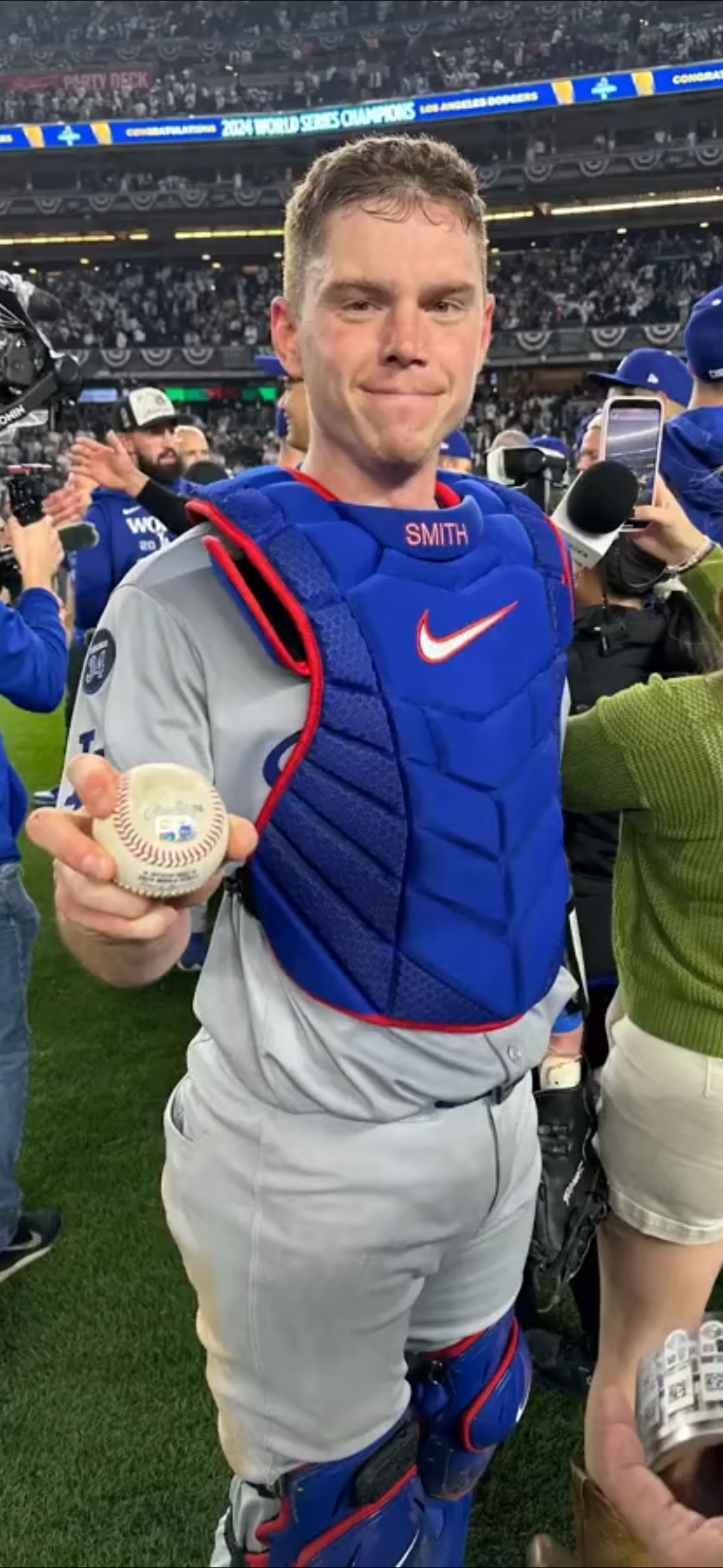
Memorabilia
Starr-Collecting: The Lasting Legacy of Bart Starr
By Larry Canale
When Green Bay Packers legend and collector favorite Bart Starr suffered a stroke in early September 2014, the national media gave the story a scant paragraph or two. The same day, we got blanket coverage of a far less heroic NFL star, Ray Rice, who had been captured on film punching out his fiancée in an elevator.
A week later, news of a mild heart attack Starr also suffered got lost in a flood of more screaming headlines – this time involving Adrian Peterson and a child-whipping incident to which he admitted. And in October, shortly after Cherry Starr, Bart’s wife, released a statement saying the Hall of Fame quarterback was recovering, still another current NFL player, Joseph Randle, hogged headlines when he got caught stealing underwear in a department store.
The media, of course, gives the people what they want – sensational news about people (in these cases, NFL players) who have engaged in violence, poor judgment and/or criminal activity. Bart Starr is the antithesis of those things; he’s a leader who not only conducted himself with grace on the gridiron, but who has been a model citizen throughout his life. In 1965, Starr co-founded Rawhide, an organization in Wisconsin that has changed countless lives of at-risk youth. He and his wife Cherry spent 44 years as Honorary Chairpersons of the Vince Lombardi Cancer Foundation. Bart also has appeared as a motivational speaker regularly and has lent his hand to innumerable charities by making appearances and signing autographs.
And, of course, he’s the namesake for an NFL honor – the Bart Starr Award – bestowed upon “one player for outstanding character and leadership in the home, on the field and in the community.” Vince Lombardi no doubt would be proud of Starr’s post-football endeavors, just as he was proud of what he accomplished for the Packers.
And let’s take a minute to consider those accomplishments. After all, just like Starr’s recent health struggles were dwarfed by NFL players behaving badly, his passing numbers continually get pushed down on the all-time lists, thanks to today’s eye-popping stats. Heck, we’ve now got two quarterbacks with more than 500 career touchdown passes: Peyton Manning and Brett Favre. In fact, both have each thrown more touchdown passes than Starr and Johnny Unitas combined. Bart retired with 152, posting his personal best of 16 (during a 12-game schedule) in both 1961 and 1965.
We’ve also got today’s top quarterbacks throwing for 5,000 yards per season – and mid-tier quarterbacks throwing for 3,000 yards. Starr’s high for a season: 2,438 in 1962. Such stats, though, are useless when you’re talking about different eras. The game has changed far too much for valid comparisons of today’s passers with those from the 1960s and earlier.
No, assessing Starr’s stellar career starts with the most important number: Five. That’s how many championships he won (including the first two Super Bowls) as the leader of the Pack. He might have had six, if not for the outcome of the 1960 title game. With the final seconds ticking off the clock, two Eagles defenders wrestled Packer fullback Jim Taylor (who had just caught a Starr pass) to the ground just a few yards from paydirt. The Eagles won, 17-13, but Starr never lost another championship game, leading Green Bay to the top of the NFL in 1961, 1962, 1965, 1966 and 1967.
Poise under pressure
Calm, cool and collected – Starr was always that way on the football field. He was a solution-finder: When defenses keyed on the Packers’ remarkable running game, Starr would fire bullets into the hands of Max McGee, Boyd Dowler and Ron Kramer. He was famous for dictating a game’s tempo – today, we call it “managing” a game – but he also used his bag of tricks. He was especially famous for throwing downfield in short-yardage situations.
Starr was the ideal candidate to lead the Packers’ Lombardi-era offense. He was a field general who could read defenses, an effective and high-percentage passer and a resilient play-caller.
“All the great quarterbacks today are the guys who are composed,” says Chris Nerat, who grew up near Green Bay but now lives in Dallas, where he works for Heritage Auctions. “Peyton Manning, Aaron Rodgers, Tom Brady – they don’t get rattled under pressure, and that’s how Starr was. As a player, he was ahead of his time, really, because he was known for being very disciplined. He didn’t throw interceptions; he was Joe Cool.”
He was also a team player who didn’t care where he ranked among the NFL’s passing leaders. Yet he led the NFL in passing three times and won MVP awards for the 1966 season and for the first two Super Bowls. His Hall of Fame biography puts it like this: “Although Starr seemed to receive minimal personal recognition for the team’s successes, knowledgeable football men knew who was making the Packers click. He was the perfect quarterback for his team.”
Sold on Starr
For kids of the 1960s, Starr was a perfect sports hero. He has a great name, for one thing: Simple and memorable. He had that poise under pressure, he was intelligent and he was tough, yet he also had a reputation as a gentleman. What better role model for fans and collectors?
For the avid football memorabilia hunter, a Starr collection can be sprawling, colorful and amazing, considering the wide range of cards, memorabilia, photographs, autographs, figures, programs, magazines and more.
A Starr-focused collection is impressive enough, but he’s also the cornerstone of any collection of Packer quarterbacks. Those names would include, of course, Favre and Aaron Rodgers as well as long-ago QBs like Arnie Herber (1930s), Cecil Isbell (1940s), Tobin Rote (1950s), Scott Hunter, Jerry Tagge and John Hadl (1970s), Lynn Dickey (1970s-’80s) and Don Majkowski (1980s), among others. And, of course, any thorough Hall of Fame collection also will have pieces of Starr. But for our purposes, we’ll focus on Starr.
Cardboard hero
The most visual and historically appealing subset of a Bart Starr collection would involve his vintage trading cards. The prize: His 1957 Topps rookie, which can command four figures if in top condition. A Heritage Auctions sale in May 2014 saw one graded at PSA 8 soar to $2,870. A year earlier, another PSA 8 Starr rookie went for $2,235 at Robert Edward Auctions.
Slightly lesser grades drop the price substantially. On eBay, a BVG 7 Starr rookie recently brought $830. Look also for ungraded examples. In Fall 2014, an “unslabbed” Starr rookie in Near Mint condition (per the seller’s listing photos) fetched $615, while another sold for $560.
Starr’s 1957 football card debut was the first of 14 player cards he’d have during his career. Here’s how his other vintage cards have been selling at various auctions (including eBay, Heritage and Robert Edward Auctions):
– 1958 Topps #66: $325 and $283 (both PSA 8)
– 1959 Topps #23: $800 (PSA 9) and $310 (PSA 8)
– 1960 Topps #51: $200 and $125 (both PSA 8)
– 1961 Fleer #88: $215 (SGC 88) and $141 (BVG 7.5)
– 1962 Topps #63: $100 (PSA 7) and $70 (ungraded)
– 1963 Topps #86: $925 (PSA 8.5)
– 1964 Philadelphia #79: $123 (ungraded)
– 1965 Philadelphia #81: $125 and $105 (both PSA 8)
– 1966 Philadelphia #88: $80 (PSA 8) and $30 (ungraded)
– 1967 Philadelphia #82: $256 (PSA 8) and $40 (ungraded)
– 1968 Topps #1: $210, $195 and $170 (all PSA 8)
– 1970 Topps #30: $165 (PSA 9) and $50 (PSA 8)
– 1971 Topps #200: $860 (PSA 9) and $100 (PSA 8).
While it’s easy enough to find these major-issue cards at similar prices, you’ll have to dig a little harder for old inserts, oddities and regional issues. Among the examples you might target:
– 1961 Lake to Lake Dairy card: A PSA 5 example of this rarity recently sold for $690.
– 1963 Post Cereal card: Hand-cut from cereal boxes, Post Starr cards are available usually at sub-$25 prices, unless they’ve been cleanly cut and graded, at which point they can go into the hundreds.
– 1964 Kahn’s Weiners card: This colorful rarity can sell for hundreds if graded and in top condition. One PSA 9 Kahn’s card recently sold for $840 at Heritage.
– 1964 Wheaties stamp: One of the best-looking Starr rarities is this stamp showing a low-angle view of the QB in his green-and-gold uniform. SCP Auctions sold a perfect PSA 10 specimen of the stamp for $170 in 2012.
– 1968 American Oil card: Buying an ungraded, fully perforated Starr American Oil card won’t cost more than $10 or $15. But a PSA 6 example with Mickey Mantle still attached to Starr’s card went for $170 on eBay.
– 1970 Topps Super: Starr was one of 35 players included in this larger-version, thick-stock offshoot of its 1970 football set. It can be had for $10-$25 if ungraded and in excellent condition.
– 1972 Sunoco stamp: These small but colorful issues given out as gas station premiums aren’t expensive; pick up Starr’s for $5-$25.
The truly rare
One niche you won’t find plentiful involves Starr-owned artifacts and game-used memorabilia. There simply isn’t much out there. As Nerat tells us, “People tend to hold onto Starr game memorabilia, as they would with any Hall of Famer. I don’t think we’ve ever sold a Starr game-worn item at Heritage. That said, if any Starr jerseys or helmets or awards were to come through the auction block, they’d be in very high demand.”
In Starr’s day, NFL teams didn’t hand out jerseys like candy to their players. A single home jersey and single away jersey would have to last a player a full season, if not more, with grass and blood stains simply getting laundered out (mostly), and rips and tears being sewn up.
“Back then,” Nerat says, “players didn’t often save items. A lot of players from the era don’t even have their own memorabilia,” whether it’s jerseys, cleats, or helmets.
A few years ago, Starr gave away a group of items that might have made a small fortune at auction. In 2011, he and his wife “donated a lot of, including some of his rings, to the Packers Hall of Fame,” Nerat said. Starr gave up his championship rings from the team’s NFL titles in 1961, 1965 and 1966, along with a watch earned by Packer players for their 1962 title. Wife Cherry donated a necklace that included charms Bart had given her after each of the team’s five NFL championships, along with its 1960 Western Conference title.
How much would Starr’s rings bring at auction? Consider that a 1966 salesman’s sample Super Bowl ring made by Jostens with Starr’s name on it brought $11,860 at SCP Auctions in 2013. If it were Starr’s actual ring, obviously, the price likely would have been quite a bit higher.
Autograph excellence
Starr has been a generous autograph signer over the years, appearing at hundreds of shows (including dozens of Tristar Productions events), so his autograph hasn’t reached exorbitant levels. Values, though, have been on the rise steadily over the past two decades. In the mid-1990s, price guides listed Starr-signed 8-by-10 photos at $25 and Starr-signed footballs at $135. (If you see those prices today, be wary of authenticity. Actually, be wary anyway!)
Starr 8-by-10-inch photos typically sell for $100-$150 today. Larger 16-by-20 prints get into the $150-$250 range. Added signatures can make a difference; SCP Auctions recently sold a 16-by-20 game-action photograph of Starr with Jim Taylor and Paul Hornung – autographed by all three – for $1,365.
Starr has also signed for a number of trading card companies. Having Topps or Upper Deck behind an autograph provides peace of mind in terms of authenticity to most of us. Yet you can find good-looking examples for under $175. Recent sales of Starr-autographed cards:
– 2000 Upper Deck Game Jersey: $155
– 2011 National Treasures autographed jersey (from an edition of 25): $120
– 2011 Topps Super Bowl Legends card: $150
– 2012 Upper Deck Exquisite Ensemble also signed by Joe Namath (edition of 30): $165.
Packer mini-helmets inked by Starr offer another relatively affordable entry point, usually selling for $125-$200. Full-size helmets, naturally, cost more; we’ve seen them sell for $250-$500. At larger auction houses, bidding can escalate. SCP Auctions, for example, moved a Starr-signed full-sized helmet inscribed “1966 NFL MVP, 5x NFL Champ” for $1,008 in May 2014.
Starr’s signature on a football also varies, from a few hundred to several hundred, depending on the brand of the ball and whether there are other signatures present. A replica No. 15 Packers jersey inked by Starr, meanwhile, will set you back $200-$400.
As always, study Starr’s autograph, as you would for any athlete you collect. He comes from an era where signatures were more legible than they typically are now, as Nerat points out. Starr – like baseball greats Mickey Mantle, Ted Williams and Joe DiMaggio – has always taken care in signing. His autograph is clean, bold and easy to read, a contrast to the rushed squiggles too many athletes ink today. You don’t see that with modern athletes.
“Most of the older players look at how they sign today and think it’s ridiculous,” Nerat says.
Bart’s neat signature, on the other hand, “shows what kind of guy he is. Plus, he usually takes the time to personalize an autograph,” Nerat said. “A lot of guys would rather not do that; it keeps them from rushing through an autograph show. But Bart wants to fulfill collectors’ dreams and give them a good experience.”
Larry Canale, editor in chief of Antiques Roadshow Insider and a columnist for SCD, co-wrote and edited Mickey Mantle: Memories & Memorabilia (Krause, 2011) and collaborated on two baseball books with photographer Ozzie Sweet. He’s also been a football fan and collector since his days as a young Packer fan of the post-Lombardi teams.








